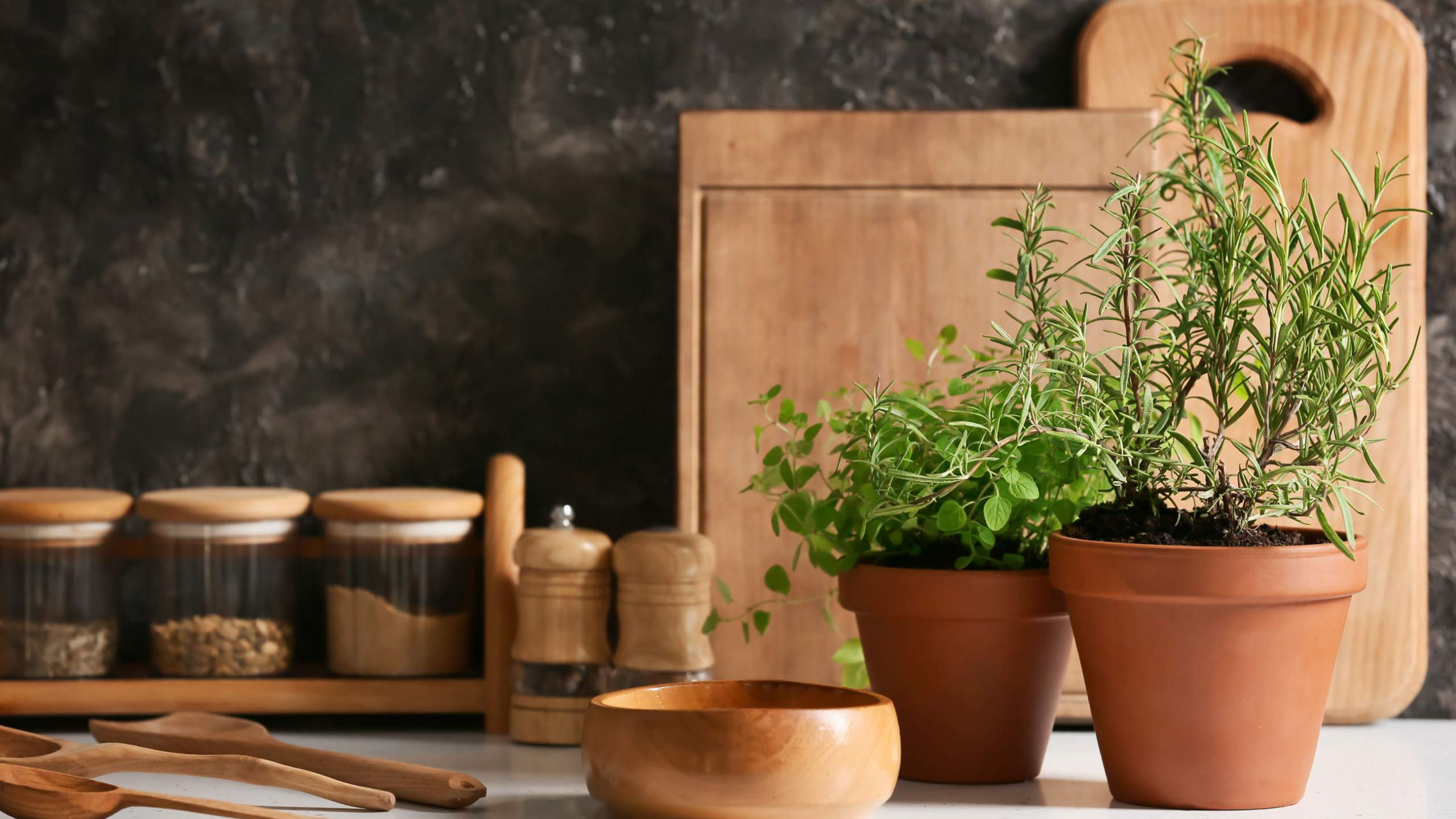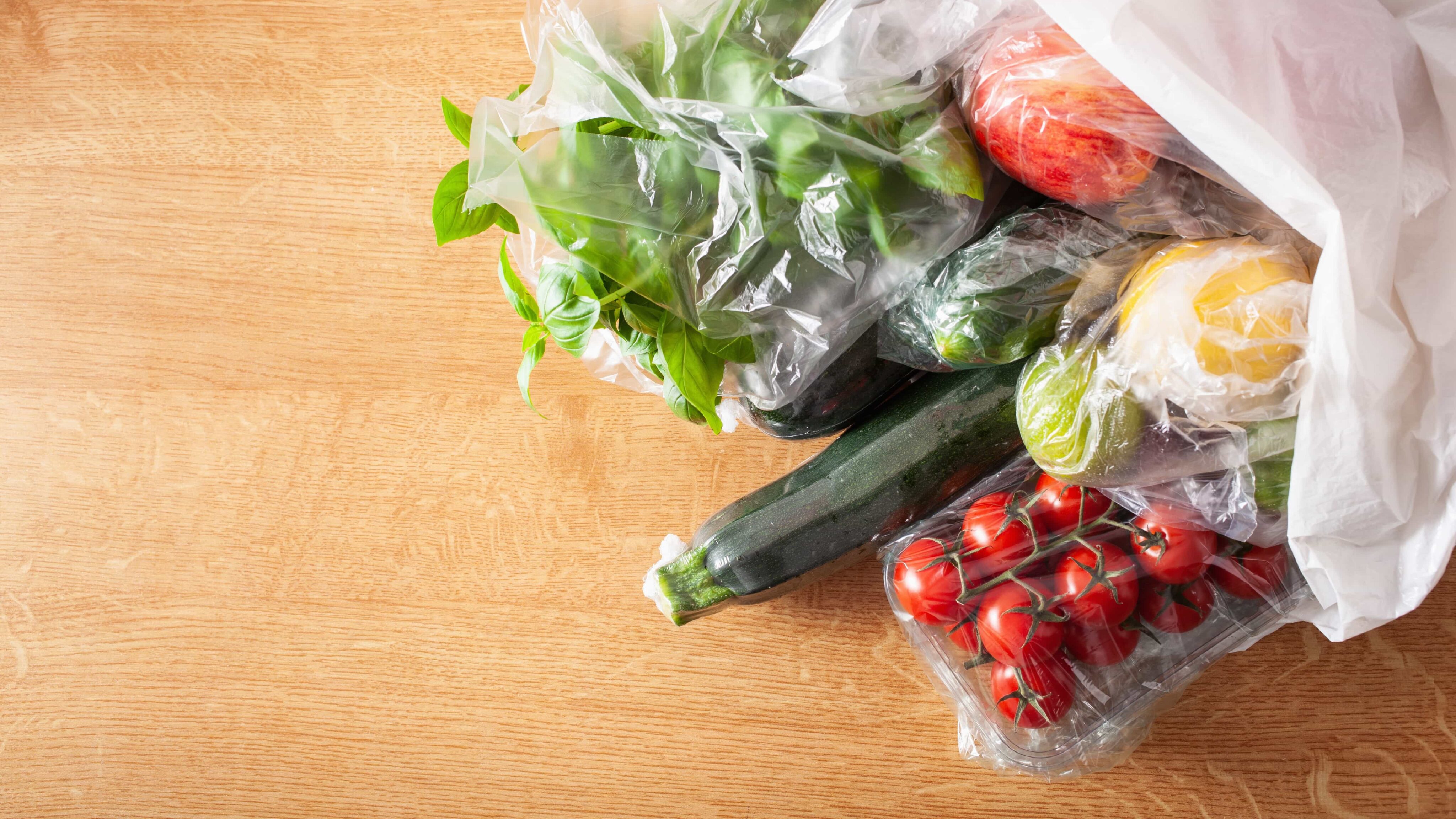The rules of freezing, so you’re not frozen in place
You’ve straightened out your calendar, set up dinner with your friends, learnt the recipe, went to the market, spent hours cooking and felt that joy of a long meal in good company. Now, what do you do with the leftover sauteed mushrooms spaghetti with garlic and Roman pecorino? What about the mushroom you didn’t get to use? Well, in both cases, use your freezer to avoid food waste.
But first things first: get organized. When freezing food, it is recommendable to write down the contents and freezing dates on the outside of the wrapping. A good principle is to store the goodies in a specific freezing order: give priority to what has been in the freezer for the longest.
If you’re going to keep leftovers, try separating the ingredients. In this case, mushrooms to one side, spaghetti to the other. The sauce won’t be a problem when freezing pasta. The crucial thing is to have well-cooked spaghetti, al dente. If the dough is too soft it can come apart when thawing.
-
Can you freeze spaghetti?
Sure! Allow the spaghetti (like you should with any other pasta) to cool down to room temperature. Spread the pasta on a single layer across a tray. Let it freeze. When it’s solid you can transfer the spaghetti to a reusable container.
To defrost, give time to the laws of thermodynamics. Put the spaghetti in the refrigerator until the ice crystals are melted. Then heat the dough in a saucepan with boiling water. Again, don’t let the spaghetti get soft. It’s already been cooked, so it’ll just take a second.

-
You most definitely can, and you probably should, freeze mushrooms
Now, on the mushrooms. Don’t mix cooked and fresh ones. Using a tray with a baking sheet to freeze mushrooms (it’s a useful technique, as you’ll see. Afterwards, you can transfer the mushrooms to reusable containers or freezer bags.
For the fresh ones, you get to make a choice: sauté or blanch. Either way, use a brush to remove dirt from the produce. Cut off the stem. Don’t get them underwater. The goal of both techniques is to remove moisture and prevent the mushrooms from losing texture.
To sauté, season the mushrooms and fry them with a little olive oil or butter. Don’t let them cook completely. Allow them to cool, place them in freezer bags, remove the air, and place them in the freezer.
Blanching requires a little more preparation, but it helps maintain flavor for up to a year. Sort the mushrooms by size, so as not to let them overcook. To prevent them from darkening when cooking, soak the mushrooms for 5 minutes in a solution of half a liter of water to a teaspoon of lemon juice.
Boil a pan of water and place the mushrooms on top in a steam basket for 5 minutes. The little ones need about 3 1/2 minutes. Once they are cooked, soak them for the same period in cold water. Dry them up, place them in bags, remove the air, and freeze.
In the future, you should use them frozen, there is no need for defrosting in advance.

-
It’s easy to store herbs
Fresh parsley (that you didn’t use for the spaghetti), mint and coriander, should be frozen in water.
Remove the stem, chop the leaves, and place the herb on an ice tray. Fill it up with water and let the cubes freeze. After a few hours, you can transfer everything to a closed bag or another container. Just thaw when you want to use it.
Rosemary, dill, thyme, chives, and bay leaf can be frozen straight up. Just put them on a tray and freeze. For the sage, you should remove the stem, put the leaves in a bag, and compress everything without crushing. Close the bag and roll the herbs to the bottom until they form a cylinder that you should fasten with rubber bands or string before freezing. You can cut segments of this tube to use it without waste.
Basil and mint require a little more care. They’ll keep better as a pesto. Remove the stem and mix the herbs with olive oil, in a ratio of 4 to 1. Grind everything, put the mixture in a bag, and freeze on an ice tray. Transfer the cubes to a bag afterwards. If you want to keep the leaves whole, freeze as if it were parsley, but replace the water with oil.
When freezing you can still avoid plastic
To reduce your environmental footprint, there is no shortage of safe, plastic-free ways to freeze food.
You can try replacing plastic bags with freezer-safe glass containers. There are also metal containers that you can use with little risk of breaking.
Cleaned out milk cartoons can be upcycled. You can cut them open and seal them back up with freezer-safe duct tape. Muffin baking trays are also good for freezing small portions.



